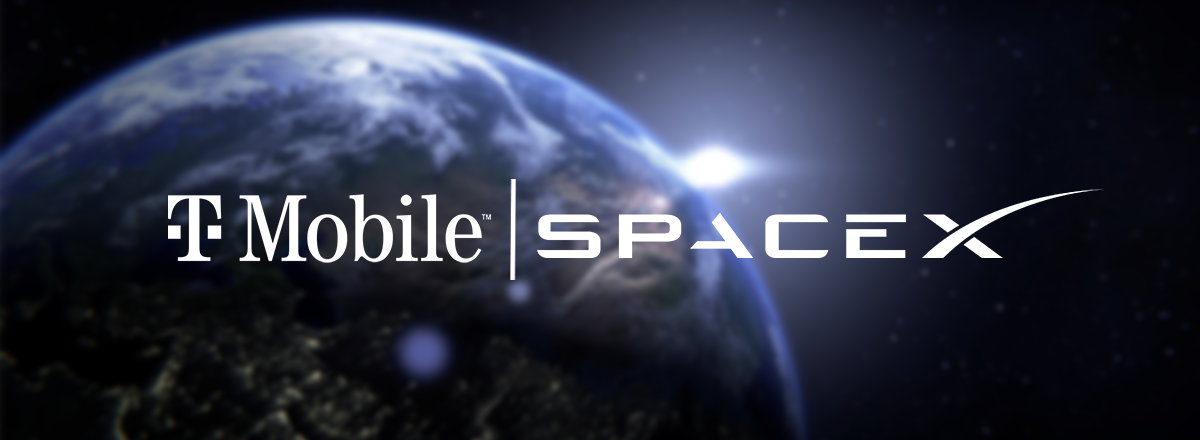T-Mobile and SpaceX Team Up to Use Starlink Satellites
The mobile operator's subscribers will be able to use Starlink satellite Internet at speeds ranging from 2 to 4 Mbps. The Starlink signal will be available everywhere in the US, even in places where there is no cellular coverage.

At a joint event organized by T-Mobile CEO Mike Sievert and Elon Musk, T-Mobile and SpaceX have announced a partnership under which they will solve the problem of "dead zones" – areas where there is no cellular signal.
With the Coverage Above and Beyond option, 5G smartphones will be able to connect to Starlink satellites and establish connections at 2-4 Mbps in a given coverage area. The bandwidth will allow text messaging, MMS, and messengers to be used when the skies are clear and traditional services are unavailable.
Despite the rapid development of 4G/LTE and 5G networks, more than half a million square miles of territories in the US alone remain without cellular service. And globally, up to 90% of the Earth's surface is not covered by a cellular network. The new initiative aims to eliminate this by making internet access available wherever the sky is in sight.
The project will require the launch of new low-Earth orbit, next-generation Starlink satellites operating in T-Mobile's mid-band PCS spectrum, according to Elon Musk. The satellites will have large antennas up to 5 to 6 meters across, making it possible for smartphones to connect to them without third-party equipment.
The operator intends to provide customers with coverage almost everywhere in the continental US, Hawaii, parts of Alaska, Puerto Rico, and territorial waters, even beyond its network coverage.
In the future, SpaceX's technology could be adopted by interested companies globally. The company is already inviting the cooperation of mobile operators from all over the world.
A beta version of the service is scheduled to launch in several areas by the end of next year. The cost of the service has not been disclosed.

